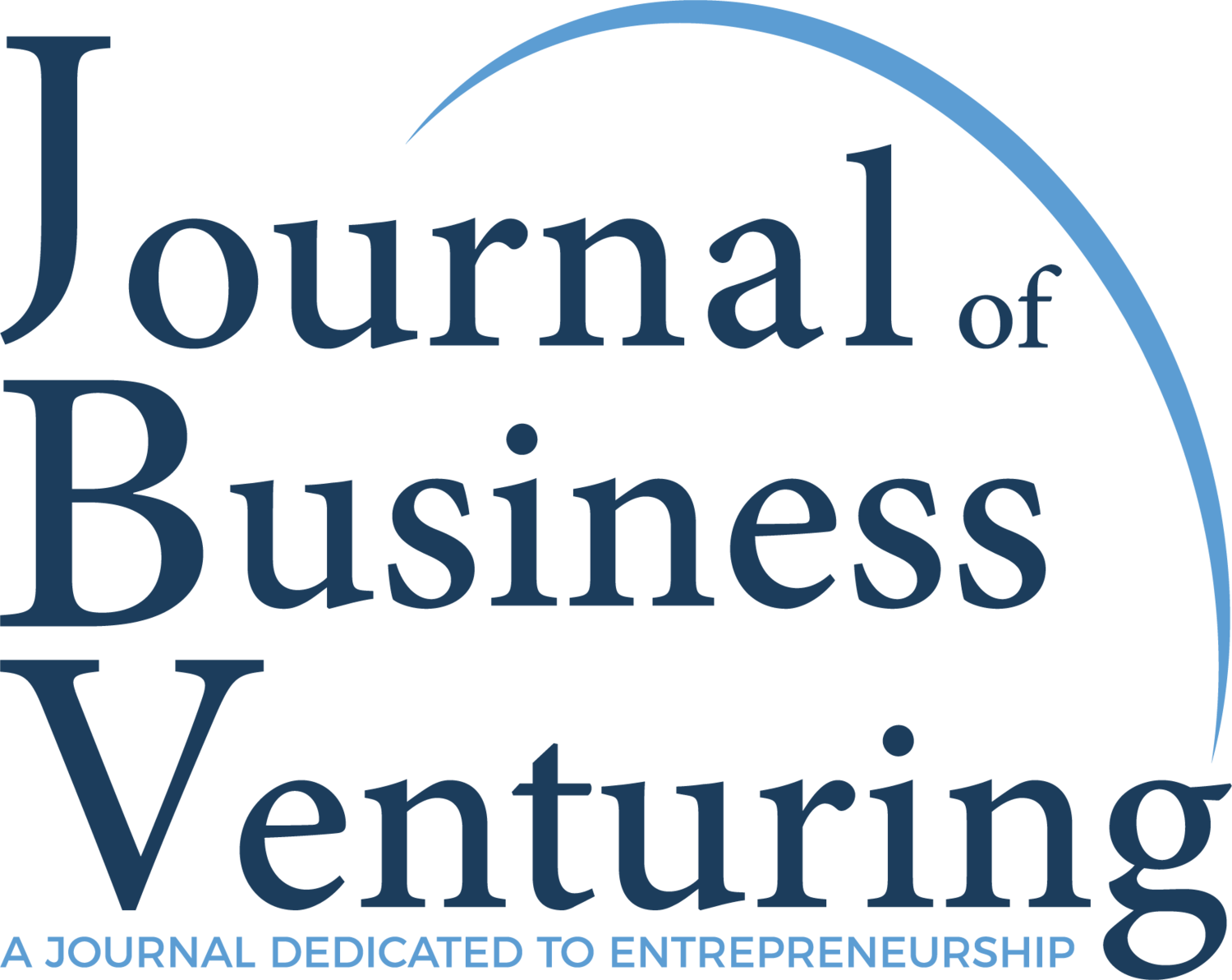How to accurately measure entrepreneurial intention?
Research Paper Title:
“A multi-motivational general model of entrepreneurial intention”
Authors:
Evan Douglas (Chulalongkorn University)
Background:
Entrepreneurs are heterogeneous individuals who seek various outcomes, including profit, social impact, pioneering, job satisfaction, and hybrid combinations of these. Given this diversity, researchers have focused on separate primary-purpose types of entrepreneurs, with the result that research findings are fragmented and not generalizable across types. This has inhibited our understanding of the motivation of entrepreneurs and the development of new theory to explain and predict individual entrepreneurial behaviour and societal outcomes. This paper posits a general model of entrepreneurial intention in which the type(s) of outcome intended are an output of the model, rather than "designed in" as the dependent variable.
Methodology:
Sample: Australian adults aged between 18 and 70, average age 35, 45.7% males.
Sample Size: 324 people (with average age 35.0, and 45.7% of whom were male)
Analytical Approach: Regression Model and fsQCA
Hypothesis:
Individuals form EI despite lacking confidence in management abilities, expecting to gain assistance from complementary members of the management team or from sources external to the firm
Older individuals lacking higher education, prior self employment, or family business experience may form EI on the basis of prior learning by experience
Older females may form EI when higher education, prior self-employment, or family business background supress their adherence to traditional gender role stereotyping
Older males may form EI because they believe their masculine traits make them more suitable for entrepreneurship
The suppression of social-impact seeking by profit-seeking, and vice versa, is removed for entrepreneurs who have previously accumulated sufficient wealth
Individuals preferring both social impact and profit seeking may prefer to work within an existing organization as a manager or intrapreneur
Results:
First, the empirical model generates multiple configurations that correspond to profit-seeking, social-impact seeking, and pioneering-seeking entrepreneurial intention (EI) as well a hybrid combinations of these types. Second, the fsQCA method reveals finer-grained information about the antecedent conditions of EI for the various types, including multiple pathways for each type of EI. Finally, formation of EI by different age and sex cohorts depends not only on conventional measures of perceived desirability and perceived feasibility but also on other conditions that are complementary, substitutive or repressive for them.
Conclusion:
This paper advocates a generic EI model to facilitate the study of the various types of entrepreneur observed within the heterogeneous population. This model avoids conflation of the “do you want to be an entrepreneur” and the “what type of entrepreneur do you want to be” questions, and identifies the perceived desirability for different entrepreneur types, and within any type also identifies multiple pathways to that outcomes. Used in tandem, the multiple-motivation model and the fsQCA method operate to reveal finer-grained insights into the complexity of the holistic decision-making process that underlies EI formation and provide a basis for better understanding the heterogeneity of entrepreneurial behavior.


